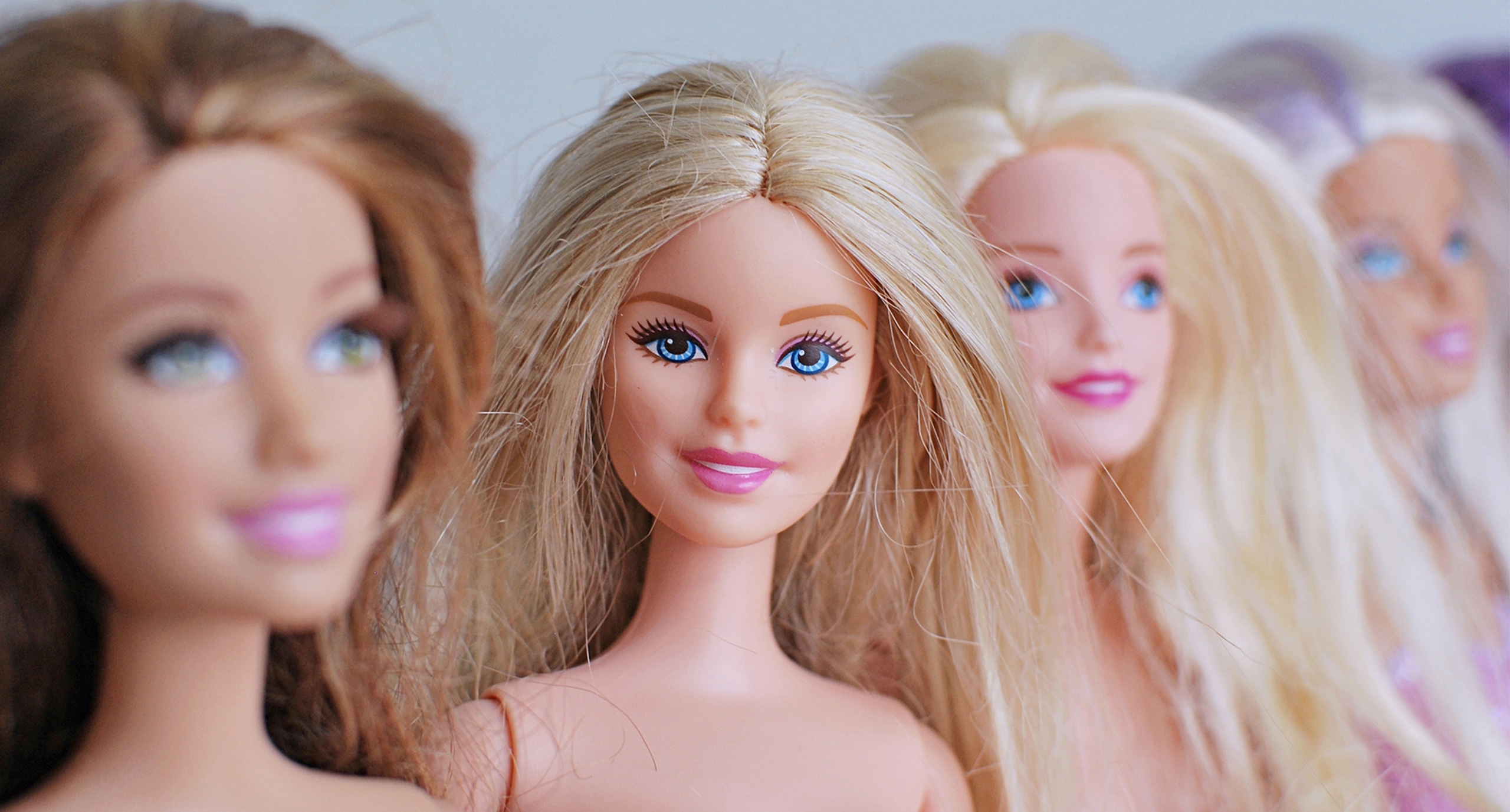Barbie turns sixty soon, old enough to be a grandmother. Ahead of her birthday, the iconic global doll brand is being rejuvenated to support a movement empowering the next generation of women. The tiny blonde doll and her famous silhouette have caused much controversy over the years. However in 2019, Barbie has evolved to include a wider range of body types and embrace campaigns to tackle low self-esteem.
Empowering girls has become a key focus and the brand will kick off its celebrations on 9 March 2019 with its largest ever ‘Shero’ campaign, highlighting inspiring women and featuring special dolls representing artist Frida Kahlo and fencing champion Ibtihaj Muhammad, the first Muslim American woman to wear a hijab while competing for the US in the Olympics.
Richard Dickson, Mattel’s COO joined the company in 2000 to build brand Barbie beyond the doll. At the time there wasn’t really anything outside the toy, not even a website. He was hired to bring his merchandising, technology, and fashion background to the table, and then apply that mass of branding knowhow to Barbie. Barbie went from falling profits to growth, but in 2010 Dickson left the business to take responsibility as CEO of fashion brand The Jones Group. He only stayed away for four years, during which time Barbie’s sales dropped by 20%. He returned in 2014 as Chief Brands Officer, to work across Barbie and other Mattel brands, and became Chief Operating Officer a year later, retaining his responsibility for marketing. Says Dickson: “You have to make sure that Barbie is on-trend but isn’t trendy. In our sixty-year history if you ever see dips in the brand’s performance there was a clear disconnect between our messaging and what was happening at the time. When we create product, promotions and messaging that are a reflection of what’s happening in the world, the brand maintains its presence and we enjoy growth.”
When Dickson returned, he ran a global study of what girls and their parents thought about Barbie. The team received a list of likes and dislikes, but the dislikes across the world were the same: body image, ethnicity and the narratives that Barbie tells. Today, instead of marketing the brand as a monologue, Barbie has moved into a much more appropriate form of dialogue marketing. That led Dickson to change Barbie’s body in 2016, so that girls had the option of tall, petite and curvy. Dickson’s goal was to move the discussion “from what she looked like to what she represents”. He also did this by introducing a wider range of ethnicities for Barbie and by ensuring the brand focuses on issues such as confidence, education and body image.
Dickson predicts: “Consumers are going to be gravitating to physical experiences but it’s about linking digital and physical. There is a reason Amazon is opening up thousands of stores. What we’re going to see is a revitalisation of what retail means and the toy world is going to benefit greatly.” That should be good news for malls and high streets everywhere.
